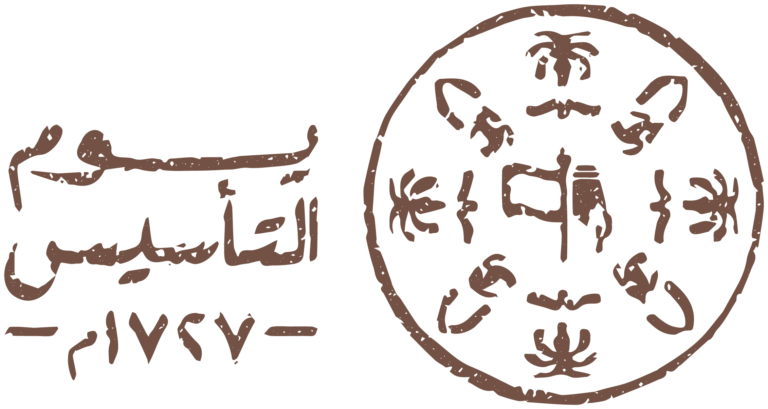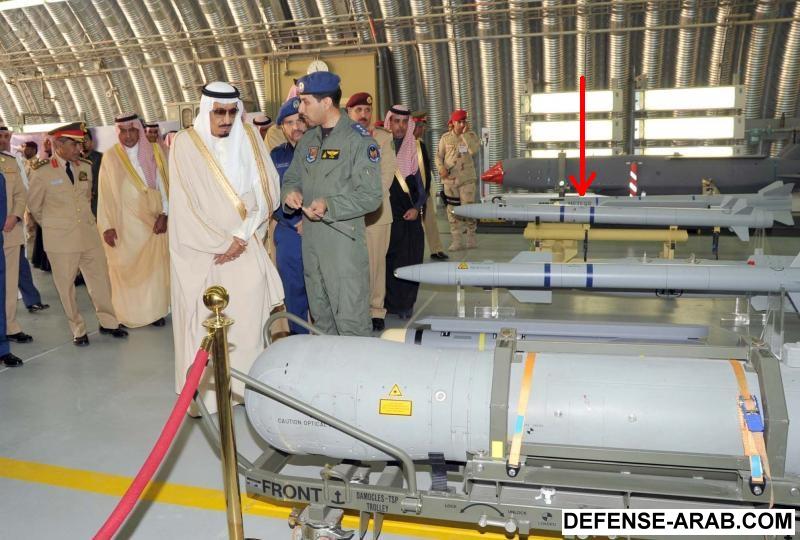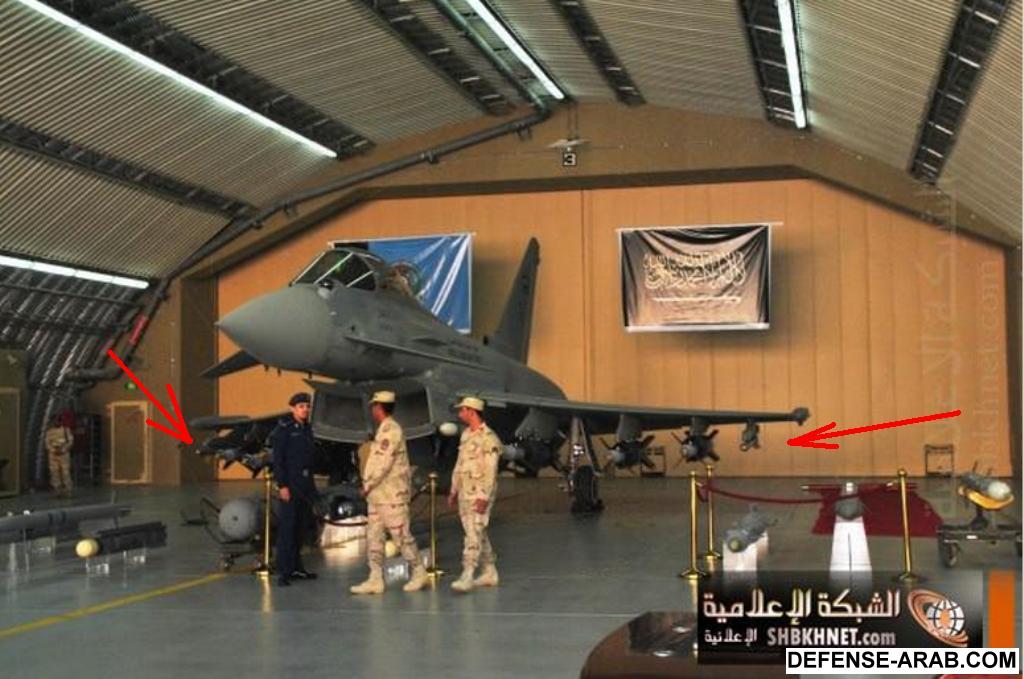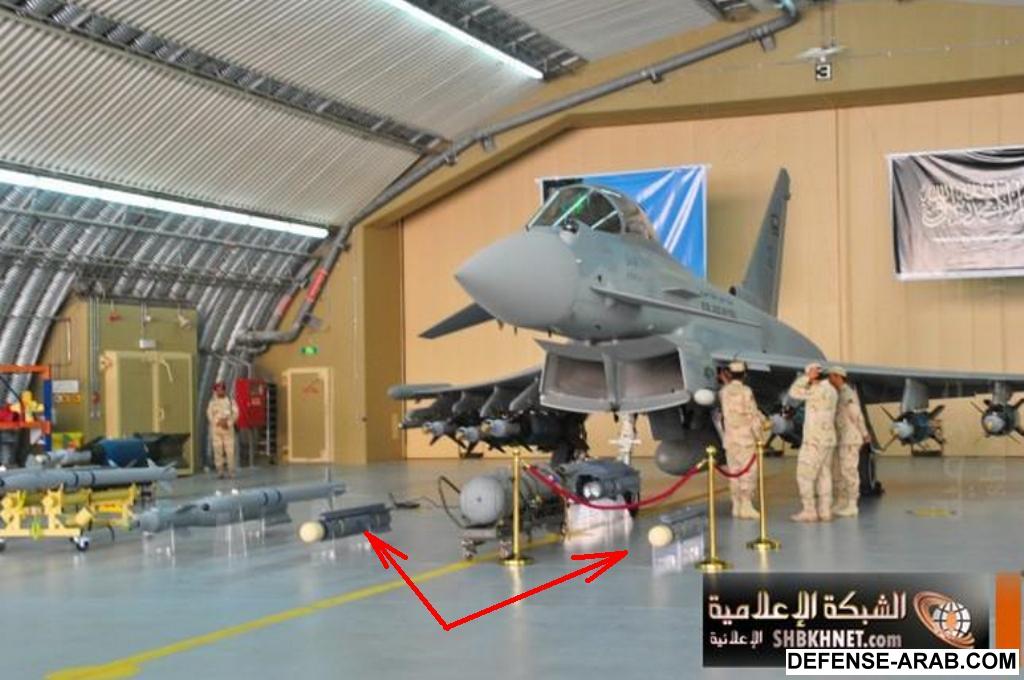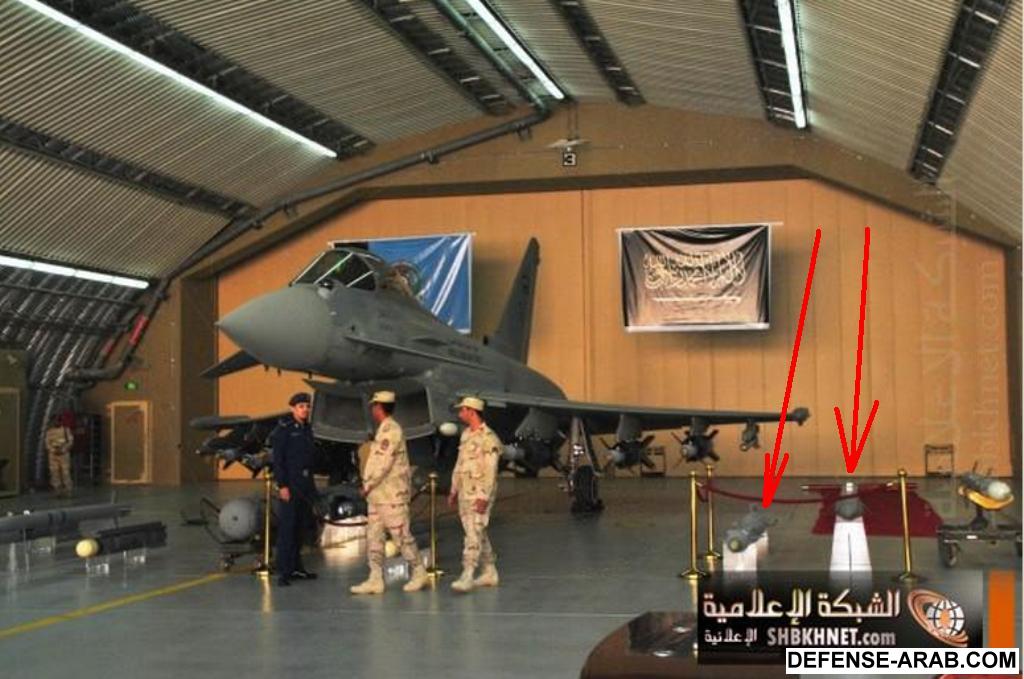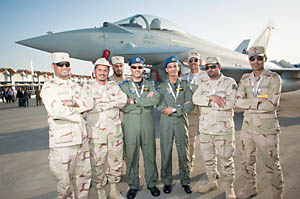Bahrain 2012: RSAF driving Typhoon forward
When the Saudi Ministry of Defence was asked to send an aircraft to BIAS, it naturally chose an example of its latest fighter – the Eurofighter Typhoon.
It was flown into the show by one of the Third Squadron’s senior pilots, Lieutenant Colonel Khalid Almaki.
He and the unit’s deputy commander, Colonel Hammad Alhammad, have been keen to talk about the Royal Saudi Air Force’s new fighter and paint an extremely rosy picture of the progress that is being made. Both are ex F-15 Eagle pilots, and though both point out that the F-15 remains an impressive and capable fighter, the Typhoon enjoys a significant and decisive edge.
Almaki highlighted the fly-by-wire control system and the carefree handling that it confers, while Alhammad spoke with enthusiasm about the aircraft’s thrust-to-weight ratio, performance and man-machine interface.
The two officers were both among the initial Typhoon cadre, with Alhammad one of eight pilots to be trained by the RAF at Coningsby and Almaki one of two trained in Spain. The squadron has now graduated eight pilots from Typhoon conversion training ‘in-kingdom’, and seven more are due to graduate soon.
Though it functions as a conversion training unit, the Third Squadron maintains an operational role and began standing quick reaction alert (QRA) six months ago. The RSAF then started air-to-air gunnery (something the RAF still has not done) and, showing an admirable confidence, has retained a night AAR clearance for its Typhoons even after the four Eurofighter partner nations withdrew their own night refuelling clearances.
The squadron began air-to-ground training last month as part of a phased work-up, which will culminate in the full exploitation of the Phase 1 Enhancement, part A (P1EA), when that becomes available.
Tranche 2 aircraft can, of course, carry and drop a range of air-to-ground weapons, including the UK Paveway II laser-guided bomb and GBU-16, but they do not have the austere air-to-ground capability provided under change proposal 193 (CP 193) and recently combat-proven in Libya. Nor do they have a laser designation pod (LDP).
The RSAF has, thereby, become the first Typhoon operator to start air-to-ground operations using Tranche 2 aircraft, which will not gain a full air-to-ground capability until P1EA is released in mid 2012.
With the introduction of P1EA Tranche 2, Typhoons will have ‘full’ SRP10 Tranche 2 software, which will allow the aircraft to drop Paveway IV, GBU-10, GBU-16 and EGBU-16, and will clear the aircraft to strafe ground targets. The new software will also provide significant workload and capability enhancements.
Though the RSAF regard the number of bombs (and the type) dropped as ‘secret’, both pilots confirmed that they had dropped many laser-guided weapons, with Damocles-equipped Tornados ‘spiking’.
The RSAF pilots expect to receive a laser designation pod ‘soon’, and claim that this has already been integrated, though they would not comment as to which pod had been chosen.
The Lockheed Martin Sniper pod is believed to be one possible option, as well as a UK-built and de-branded version of the Litening pod, whose Israeli origins otherwise make it problematic for Saudi Arabia.
Some believe that the Thales Damocles pod, already built under licence by Saudi Arabia’s AEC for use by RSAF Tornados, may be the most likely choice, although the French pod is not highly regarded and has no real high-resolution capability for the non-traditional ISTAR role that other pods allow.
It was reported that the UAE wanted Sniper rather than Damocles when it was considering the procurement of the Dassault Rafale, and even that the French Armée de l’Air has been in negotiations for Sniper pods as an alternative to the Damocles for its Rafales.
BAE Systems has experience of integrating all three types of pod – the Litening pod on Typhoon and Tornado, Sniper on the Harrier GR.Mk 9 and Damocles on the Saudi Tornado. Integrating any of the pods on the Saudi Typhoons would be straightforward.
Though the first eight Typhoons delivered to Saudi Arabia were painted in Tenth Squadron markings, plans changed and the Tenth Squadron has not yet stood up. Its aircraft are among the 24 that now equip the Third Squadron at Taif.
The Third Squadron hopes to be authorised to begin airshow display flying ‘soon’, and its pilots are all vying to be selected as the nominated display pilot, according to Alhammad!

